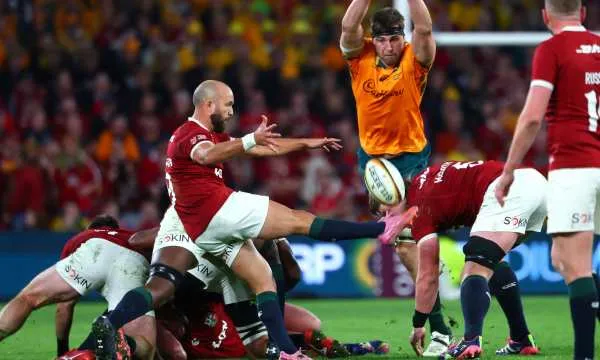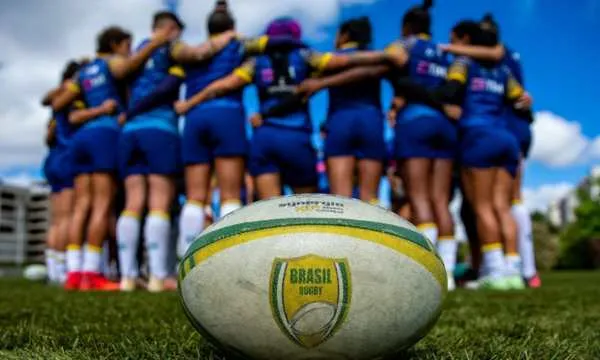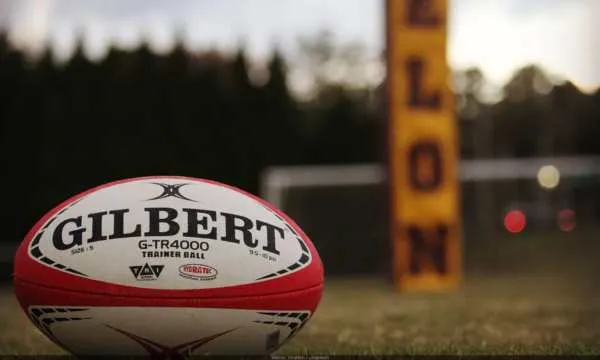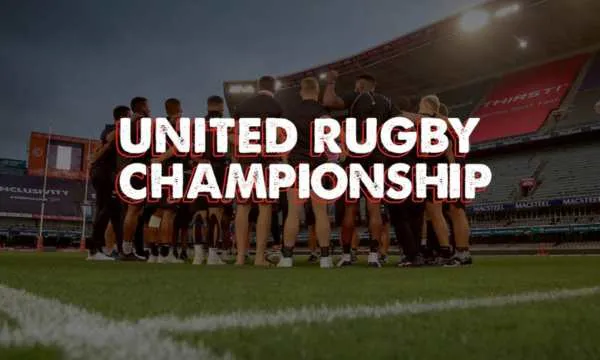Dive into rugby positions and discover how mastering each role can elevate your understanding of the game.
Anúncios
Whether you are a curious newcomer or a seasoned fan, knowing who does what on the field adds a thrilling new layer to every match you watch.
From bone crunching scrums to lightning fast counterattacks, each player carries a unique responsibility that meshes into a powerful unit.
As you read, notice how modern teams are embracing positional versatility to stay one step ahead.
By the end, you will not only recognize every jersey number but also appreciate the strategic depth behind each move.
Rugby Positions of the Forwards: Physical Contact and Ball Possession
Forwards sit at the core of all rugby positions because they contest every scrum, lift in line-outs, and make relentless carries to secure territory.
In traditional rugby union numbering, jerseys 1 through 8 belong to this bruising brigade.
Props and hookers anchor the scrum, locks provide height and power, while flankers and the number eight link set piece dominance with open field aggression.
The essence of a forward’s job is simple yet demanding: gain possession and protect it.
Because matches are often decided at the breakdown, teams rely on their forwards to clean rucks quickly and present clean ball for the backs.
Modern coaches, inspired by the Springboks’ experiment with hybrid players, are now cross training big centers to moonlight as loose forwards, blending raw strength with unexpected pace.
While their tasks seem purely physical, forwards must make smart on-field decisions.
Choosing when to offload, when to set up a maul, and when to commit numbers to a ruck can tilt momentum.
Therefore this unit bridges brute force with split second judgment, setting the platform for the backs to shine.
Transitioning smoothly, let us now meet those creative finishers and see how other rugby positions complement the forwards.
Rugby Positions Among the Backs: Tactical Organization and Finishing Plays
If forwards supply the raw materials, the backs craft the masterpiece. Numbered 9 to 15, these rugby positions exploit space through precise passing lines, deft kicking, and searing speed.
The scrum-half serves as the link, quickly distributing ball while scanning for defensive gaps. Fly-halves orchestrate patterns, calling set moves that can unlock even the tightest defences.
Centres combine power and guile, either smashing over the gain line or slipping silky offloads that keep defences guessing.
Wingers hover on the touchlines, ready to accelerate into open grass, and the full-back patrols the rear field, fielding high kicks and launching counterattacks.
Coaches value versatility here as well, training wingers to step into the midfield or full-backs to assume fly-half duties when injuries strike.
This fluid interplay between structure and improvisation makes watching backs exhilarating.
Once you grasp their individual mandates, each dummy pass or chip kick reveals deeper purpose.
Next, let us spotlight legends who have elevated these rugby positions to iconic heights.

The Greatest Players in Each Rugby Position
Legends often define how future generations perceive a role. Loose head prop Jason Leonard of England set standards for durability with a record 114 caps.
New Zealand’s hooker Keven Mealamu showcased relentless work rate around the park.
Giant lock Eben Etzebeth embodies modern athleticism, blending towering line-out prowess with open field tackles.
Flankers Richie McCaw and Siya Kolisi have proven that leadership from the breakdown shapes entire eras.
Number eight Kieran Read redefined link play by roaming wider channels to stretch defences.
Among the backs, scrum-half Antoine Dupont currently dazzles crowds with vision and power, while fly-half Dan Carter remains the benchmark for tactical kicking.
Centres like Brian O’Driscoll blended footwork with ferocious defence, wingers Jonah Lomu and Cheslin Kolbe thrilled with contrasting size and agility, and full-back Serge Blanco turned broken field running into art.
These stars exemplify position mastery and hint at what hybrid athletes might achieve next.
Keeping numbers in mind helps contextualise their feats, so let us decode the jersey system behind all rugby positions.
Rugby Field Numbering System by Position
Jersey numbers in rugby union are more than labels, they signify defined duties.
Positions 1 to 3 form the front row, 4 and 5 lock the scrum, 6 to 8 compose the loose forwards.
Number 9 distributes, 10 directs, 11 and 14 finish wide, while 12 and 13 punch through midfield. Finally number 15 commands the backfield.
Knowing these allocations allows spectators to anticipate patterns.
For instance, if number 6 peels off a scrum you expect a powerful carry, whereas a sudden involvement from 15 likely signals a counterattack.
In rugby league the same concept exists but with subtle shifts, which we will explore next.
Modern squads sometimes swap numbers based on tactical plans, yet the original framework remains a helpful guide for new fans.
Understanding it primes you to appreciate cross position experiments like Andre Esterhuizen’s cameo among the forwards.
Differences Between Rugby Union and Rugby League Positions
While both modalities share roots, their positional needs diverge. Rugby league fields 13 players instead of 15 and omits contested scrums, reducing the emphasis on specialist front row techniques.
As a result props in league focus on open field carries and quick play the ball skills rather than binding pressure.
League halves, wearing jerseys 6 and 7, mirror union’s 9 and 10 partnership, guiding attacks with a blend of passing and tactical kicking.
Because league resets the tackle count after each set of six, outside backs prioritize rapid meters and strong return runs.
Versatility again proves valuable as interchange rules allow fresh players to cover multiple spots during high tempo matches.
Appreciating these contrasts enriches your viewing across both codes and underscores why hybrid training philosophies are gaining traction globally.
Now that the key differences are clear, let us wrap up the main insights about rugby positions.
Conclusion
Understanding rugby positions unlocks a deeper love for this captivating sport.
By recognizing the distinct roles of forwards and backs and following modern trends toward positional flexibility, you will watch future matches with fresh insight.
Keep observing how innovative coaches blur traditional lines, and you will stay ahead of the tactical curve.
FAQs
1. What is the main difference between a prop and a hooker?
Props provide stability in the scrum while the hooker strikes for the ball and often throws in at line-outs
2. Why are hybrid players becoming popular?
They offer coaches greater flexibility to handle injuries and exploit mismatches
3. How does jersey numbering differ between union and league?
Union uses 1-15 whereas league assigns 1-13 with varied role names
4. Which position usually scores the most tries?
Wingers traditionally finish the most scoring opportunities due to their pace and field placement
5. Can a player switch positions during a match?
Yes, substitutes and tactical reshuffles allow players to move as long as they remain compliant with substitution laws


